By Robert Whiter
Two men were seated on either side of a paper-strewn table inside an office of MI5, the British intelligence service, in the Royal Victoria Patriotic School at Clapham, London, shortly after the fall of France in the spring of 1940. One wore British battle dress, the crown and “pip” on his shoulder straps denoting the rank of lieutenant colonel, the slight intonation in his voice betraying his Dutch origin.
The other, a young German in civilian clothes, had joined the swell of refugees into Great Britain. It was MI5’s duty to interrogate all refugees and weed out any possible spies.
For several days, Lt. Col. Oreste Pinto had been plying the young German with question after question, trying every trick he knew to catch him off guard. Pinto was certain, in his own mind, that the man wasn’t what he professed to be. “So you still claim that you hate Hitler and all that he stands for and you’ve come to Britain to help the Allied cause?” he asked. “Oh, yes sir,” the man replied. “I keep telling you, I shall only be satisfied when he is dead and the Fatherland is a free country again. Why won’t you believe me?”
Casually, Pinto rose to his feet and walked across the room to where a dart board was hanging on a wall. Undoing the catch, he threw open the cabinet. Instead of the familiar dart board, with circles and numbers, there was picture of Adolf Hitler pinned inside. Pinto watched out of the corner of his eye as the civilian stiffened. Picking up three darts, he turned and faced the open cabinet. Taking careful aim, he threw the first dart. It landed with a dull thud just below Hitler’s left ear. The second dart landed on Hitler’s nose. When the third dart also struck the Führer’s face, the man suddenly launched himself to his feet and shot out his right hand in the Nazi salute.
Immediately, Pinto pressed a button on his desk. The door flew open and two guards rushed in and dragged away the still-yelling suspect. The man whom no less an expert than Supreme Allied Commander Dwight Eisenhower would later call “the greatest living expert on security” had once more exposed a dangerous spy.
An Early Entry into Espionage
Oreste Pinto was born in Amsterdam on October 9, 1889. While studying languages and philology at the Sorbonne in Paris in 1909, he became friends with one of the French students sharing his lodgings. Francis Verdier was an expert in jujitsu; although Pinto himself was a skillful boxer, he was no match for his new friend, who gave him a good grounding in unarmed combat. One day Verdier disclosed that he was a member of France’s government intelligence service, the Deuxieme Bureau. He asked Pinto if he was interested in joining. Unknown to Pinto, his friend had already told his superiors about him, and Pinto’s background had received a thorough investigation.
Like many young men, Pinto craved adventure, and he readily agreed to the invitation. It wasn’t long before he found himself accompanying Verdier on secret missions, which often entailed visits to some of Paris’s worst nightspots and low-life environs. Armed with a lead-weighted piece of rubber hose concealed up his sleeve, Pinto acted as a backup for his friend, making sure no one attacked him from the rear. He soon became adept at using the sap, learning just where and how hard to hit a man to render him hors de combat without seriously fracturing his skull. Pinto also became adept at the art of disguises—he could slide into Apache dens and dingy nightclubs without arousing undue suspicion. He became a student of facial expressions as well, learning to tell if a man intended to attack or, when interrogating a suspect, whether the man was lying or not. Somehow, Pinto did not allow his extracurricular activities to interfere with his scholastic studies, and he passed out of the Sorbonne with flying colors.
On August 31, 1913, Dutch Queen Wilhemina’s birthday, Pinto was out for a stroll when he saw a couple of drunken sailors bothering two girls. Since he was good with his fists, he had little difficulty driving off the inebriated seamen. Pinto offered to escort the two young women, who were English, back to their lodgings. Once there, he volunteered to act as a chaperon and guide for the rest of their visit. By the time the girls were due to return to their homeland, romance had blossomed between Pinto and one of his charges. He followed her to England and the couple was married at Farnsworth, near Lancaster, in May 1914.
World War I Behind the German Front
While in Great Britain, during the last pleasant summer days of 1914, Pinto learned along with the rest of the world of the assassination of Archduke Franz Ferdinand, the heir apparent to the Austro-Hungarian throne. Pinto found himself in a quandary—although the Netherlands was neutral, his own sympathies lay with the Allies, especially now that he was married to an English girl.
Any doubts about his future course of action were put to rest that September when Pinto received a telegram from his old friend Francis Verdier. “Am in Antwerp, very much wish to meet you,” Verdier wrote. Keeping a promise he had made to his friend not to disclose his own connections with the Deuxieme Bureau, Pinto made plans to cross to the Continent. He told his wife that he had a great love of France, dating from his days as a college student, and that he also felt a sense of duty to her and her English family. Furthermore, he said, his past experience with Germans had not exactly endeared them to him. Hiding behind a neutral passport at a time when Britons by the thousands were flocking to the national colors did not seem very sporting to him.
Bidding farewell to his proud but tearful wife, Pinto set off on his journey. Two days later he arrived at the Hotel Londres in Antwerp and immediately closeted himself with his old friend. Knowing that Pinto had a brother who was a prominent tobacco dealer in Holland, Verdier wanted Pinto to masquerade as his brother’s representative in Germany. Verdier gave him the names of four contacts. One of these contacts, Paul Blume, lived at Kiel; he would be able to inform Pinto about the ebb and flow of the German Navy through the harbor there, particularly its U-boats. Information about merchant and troops ships using the Elbe and Weser Rivers would come from his contacts in Bremen and Hamburg. From his fourth contact, in Bunde, Westphalia, he could learn the times and dates of ammunition trains en route to the Western Front.
Pinto quickly learned that a secret agent had two major problems to overcome: first, how to enter enemy territory unobserved, and second, how to transmit any useful information back to his own country quickly—speed being of the essence. The first problem was easy enough to handle. Armed with a complete set of his brother’s tobacco samples and accompanied by a Dutch girl, Annie Van Santeen, who was acting as his secretary, Pinto entered Germany on his Dutch passport. He made his headquarters in Bremen and traveled widely across the country, becoming to all intents and purposes a very successful tobacco salesman. He handled the second problem, how to send back the intelligence he had gathered, by writing it in invisible ink on the backs of tickets accompanying returned samples. His secretary would carry the orders to Amsterdam, where his brother would forward them to England. There, a French liaison officer attached to British intelligence would pass them along to the Deuxieme Bureau in Paris. The arrangement worked smoothly for nine months. Then, in June 1915, Pinto arrived at his Bremen lodgings to learn that his contact in Kiel had been arrested and tortured, and had given up Pinto’s name. A warrant was already out for his arrest. Pinto’s Bremen contact had a car waiting and drove Pinto to within five miles of the Dutch-German border. Luckily, Annie Van Santeen had already left on another one of her trips to Amsterdam. It was later ascertained that German police had missed Pinto by a scant half-hour. After a harrowing five-hour wait to cross the border, Pinto reached Groningen safely, but his cover as a tobacco salesman had been blown forever.
In November 1915, after a five-month sick leave, Pinto was transferred from the Deuxieme Bureau to the Surete du Territoire, the French counterintelligence office. There he began his career as a spycatcher at a special camp situated behind the front lines at the Somme. Soon he was interrogating suspects within a 60-mile radius. When the war was over, Pinto continued his counterespionage work with French, British, and Dutch authorities.
Counterintelligence in World War II
After the start of World War II, Pinto joined MI5 in England, where he helped monitor the British coast for German U-boats. In September 1940, an excited young intelligence officer burst into Pinto’s office with a message from one of their agents on the continent. The message read: “U-boat departs Zeebrugge tonight 2100 hours carrying four spies instructed to land in England before daylight, south coast map reference 432925; these men carefully selected and trained for special mission regarding German Operation Sea Lion [the proposed German invasion of Great Britain].”
Consulting a map, Pinto found the planned landing spot, a secluded area on the south coast of England. Taking 12 men, all dressed in civilian clothes to make them inconspicuous, Pinto set out to intercept the spies. Several hours dragged past before there was a flash of light from one of his operatives’ flashlights, followed by the sound of scuffling and shouting in the darkness. Pinto arrived to find his men triumphantly holding three dejected-looking prisoners wearing English suits complete with London tailors’ labels. Where was the fourth man? After a lengthy search of every bush and sand hollow in the vicinity failed to turn up the last spy, Pinto suddenly burst out laughing—the search party had somehow grown from 12 to 13 men. Going up to the last man in line, Pinto put his hand on the man’s shoulder and turned to a British security officer. “Let me introduce to you our friend,” Pinto said. His idea of having his own men wear civilian suits had nearly backfired.
Pinto Meets King Kong
Pinto’s most controversial case was also the most personal to him, since it involved a fellow Dutch resistance fighter and the alleged compromising of the top-secret Allied airborne operation, Market Garden, which was aimed at liberating Holland and opening a vital bridgehead into Germany. The plan, which was the brainchild of British Field Marshal Sir Bernard Montgomery, involved dropping three airborne divisions behind German lines in eastern Holland. The paratroopers would then fan out and take a series of bridges leading to the Rhine. If the operation succeeded, the war might be over by the fall of 1944.
Pinto’s involvement in Operation Market Garden began several weeks beforehand, when he first came into contact with the flamboyant Dutch resistance leader Christian Lindemans, nicknamed “King Kong” for his enormous size and strength. As head of the Netherlands counterintelligence mission attached to Supreme Headquarters Allied Expeditionary Force (SHAEF), Pinto was responsible for maintaining security behind the lines of the Allied armies advancing through Flanders into Holland. In the wake of the Allied armies’ progress, civil control in the country was in a parlous state—looting, famine, and unrest were much in evidence. Large internment camps were set up for refugees, the homeless, and suspected spies and Nazi collaborators, all of whom were supposed to be held until they could be interviewed and sorted out.
At the earliest possible moment, honest citizens, once they had proved their innocence, were to be moved to more salubrious dwellings. Until then, everyone was considered a security risk. Passing the main gate of one internment camp late that summer, Pinto heard a commotion and went to find out the cause of the uproar. He came upon a large, heavily armed man arguing loudly with an embarrassed sentry. The man, well over six feet tall and carrying a German machine gun, a long-barreled Luger, and a pocketful of hand grenades, had swaggered into camp and picked out two young women he said he wanted to take for a drink. “Tell your colonel that these are two good Dutch girl-patriots and that the great King Kong has vouched for them,” he said.
Pinto had heard of King Kong’s exploits, but he wasn’t about to let him get away with such a blatant disregard of security measures. Calling the man over, Pinto gave him a severe dressing down. At first King Kong attempted to bluster his way through, but eventually he stalked away, muttering that he would make a formal complaint to the Dutch Interior Forces at Castle Wittouck.
Investigating Lindeman
Upon his return to intelligence headquarters at SHAEF, Pinto fell to wondering why a man of Lindeman’s ferocious reputation would have submitted so tamely to Pinto’s tongue-lashing, particularly in front of a crowd of hero-worshipping youngsters. Acting on impulse, Pinto sent for his assistant, Wilhelm, a man with an encyclopedic knowledge of intelligence affairs. Pinto asked him what he knew about a Dutch resistance fighter nicknamed King Kong. Wilhelm replied that King Kong was really Christian Lindemans, the son of a Rotterdam garage owner. Lindemans was renowned as a boxer and wrestler, and was suspected of killing several men in bar brawls. He was also reputed to be a regular, if not literal, lady-killer.
Pinto learned that Lindemans was the oldest of four brothers, all in the resistance movement. One brother had been captured by the Nazis while working on the Dutch escape line for downed Allied airmen. The man had been released along with his cabaret dancer girlfriend, a fact that caused Pinto to blink. It was highly unusual, to say the least, for the Gestapo to release any such prisoners—at least before they were dead. The Lindemans dossier gave Pinto more food for thought. Lindemans himself had been captured and rescued by his own resistance group. In the ensuing gunfight, Lindemans and three men had gotten clear, but the other 47 had all been killed in an ambush outside the hospital in which Lindemans had been held. “Almost as if the Germans knew beforehand,” Pinto thought.
Acting on impulse, Pinto took Lindemans’ file and went to Brussels to speak to a man who had actually gone on raids with the resistance leader. Chatting with the man at the Café des Vedeltes, Pinto found out several strange and alarming facts. It seemed to the man that, on many of their raids, they had found the Germans already waiting for them. The Belgian patriot showed Pinto a bullet scar across his scalp that he had received while attempting to dynamite a bridge. Luckily for him, the shock of the bullet had knocked him into the river, and he had enough sense to stay underwater until the Germans left. He and Lindemans were the only two men to survive the raid.
Pinto next went to Laeken, where he interviewed a countess who had reported seeing two of Lindemans’ female friends wearing expensive jewelry the countess previously had donated to the resistance cause. The women, Mia Zeist and Margaretha Delden, admitted to the countess that the jewelry had been gifts from Lindemans. That caused Pinto to catch his breath—both girls were listed in his security files as highly paid agents of the German Abwehr [secret service]. By the time Pinto had tracked down the girls’ addresses, Mia Zeist had already fled and Margaretha Delden had been found unconscious from a soon-to-be-fatal dose of poison.
The more Pinto probed into Lindemans’ various affairs, the more startling were the facts that came to light. Veronica, the cabaret dancer who had been captured and released along with Lindemans’ younger brother, had once been King Kong’s sweetheart. The Germans must have known this, yet they had released both her and Lindemans’ brother without doing either of them the slightest bit of harm. Pinto also learned that their release had coincided with a suspicious rise in Lindemans’ income. It was also apparent that he had become even more reckless and daring when leading raids against the Germans. Each raid had suffered more casualties, but Lindemans himself had always escaped injury. He seemed to lead a charmed life.
Catching a Traitor
After sifting through all the various bits of evidence, Pinto decided that he had enough cause to warrant cross-examining the resistance leader. Sending a message to Dutch intelligence at Castle Wittouck, Pinto asked that King Kong report to him for an unspecified discussion. The next day, the spycatcher waited in vain for Lindemans to appear. Finally, two Dutch staff captains appeared to tell Pinto that Lindemans had been loaned out to the Canadians for a special, top-secret mission. Pinto managed to find out that Lindemans’ mission was to go to Eindhoven, Holland, to alert a resistance leader there about a large Allied parachute drop the following Sunday morning, September 17, 1944.
To Pinto, this was like the BBC broadcasting the forthcoming drop on the radio. Unaware that Operation Market Garden was in the works, all Pinto could do was send a report of his suspicions to SHAEF. Unfortunately, it was too late to call off the massive offensive, and the British and American paratroopers who made the drop found German Panzers waiting for them behind every hedgerow. No one but Pinto suspected that the real reason for the operation’s failure was the treachery of one man—Christian Lindemans.
It wasn’t until six weeks after the battle that Pinto, busy interrogating various suspects, obtained the proof he needed to arrest Lindemans. A Dutch spy for the Germans, Corelis Verloops, admitted—with a little help from Pinto’s pistol, which was aimed at his head—that Lindemans had warned the Germans about the planned parachute drop. Angrily, Pinto hatched a plan to capture Lindemans by trading on the man’s colossal vanity. Notifying King Kong that he was wanted at headquarters to receive a medal for his services, Pinto was able to lure him to his office, where he was overpowered by military police and taken to a safe house outside London. There, Lindemans made a full confession, one that covered 24 pages of closely typed foolscap.
Lindemans was taken back to Scheveningen prison in Holland to face trial for his crimes, but he still had one last ace up his sleeve. He managed to convince a nurse at the prison hospital to help him escape. The plan failed, but Lindemans charmed the nurse into slipping him 80 aspirin tablets, which he then used to commit suicide.
The traitor had cheated worldly justice, but Pinto remained adamant in his belief that Lindemans had been personally responsible for the failure of Operation Market Garden, a failure that ultimately cost the Allies many thousands more lives before the final defeat of Nazi Germany. As for Pinto, he remained in the intelligence field, serving with the Dutch Politie Buitendienst (Foreign Police Service) until his retirement in 1948. He died in England in 1961 at the age of 72. In 1954, Hollywood released a movie entitled Betrayed that was loosely based on the Lindemans affair. Victor Mature played Lindemans and Clark Gable played Oreste Pinto, the man General Eisenhower had once called “the greatest living expert on security.”
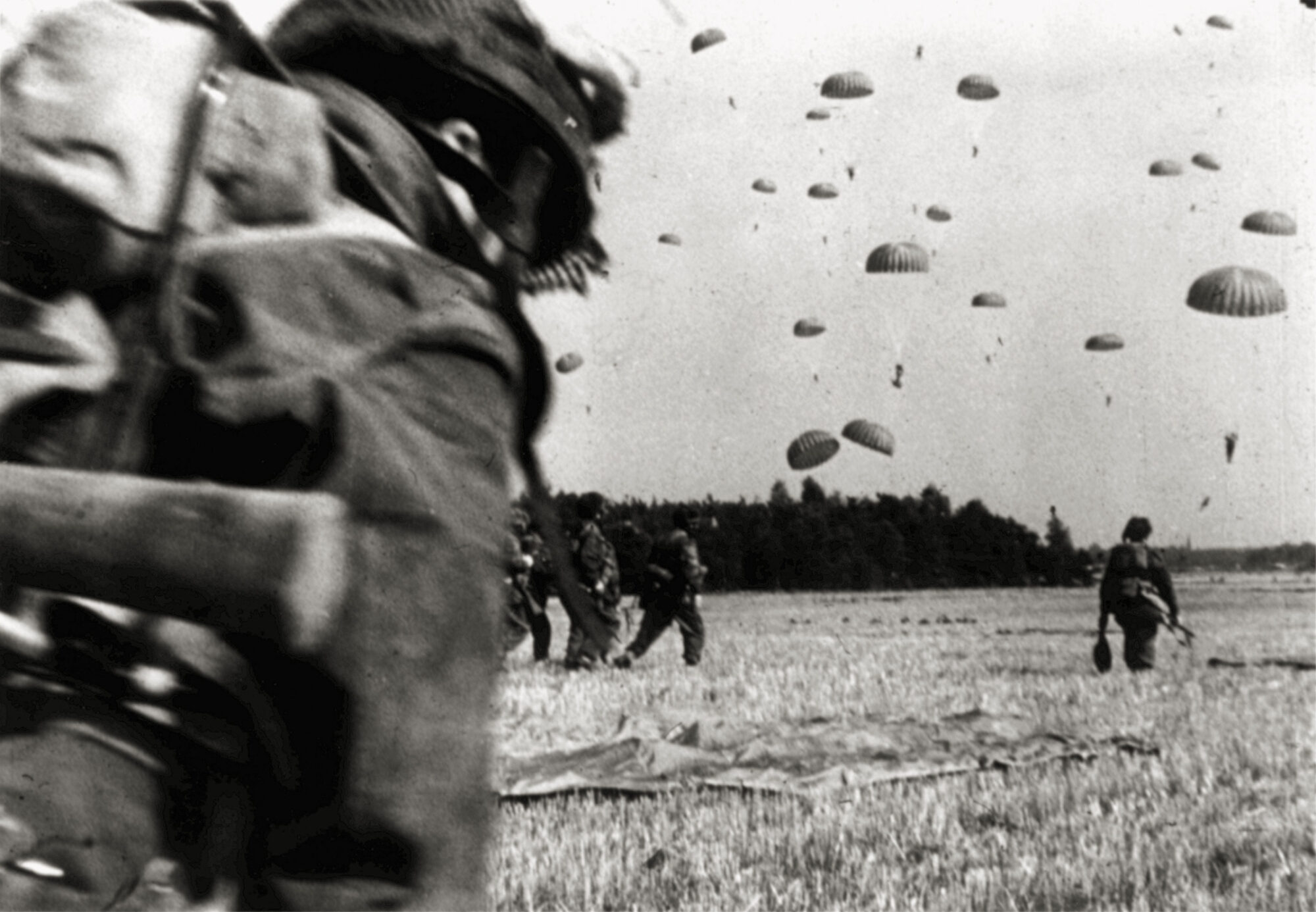
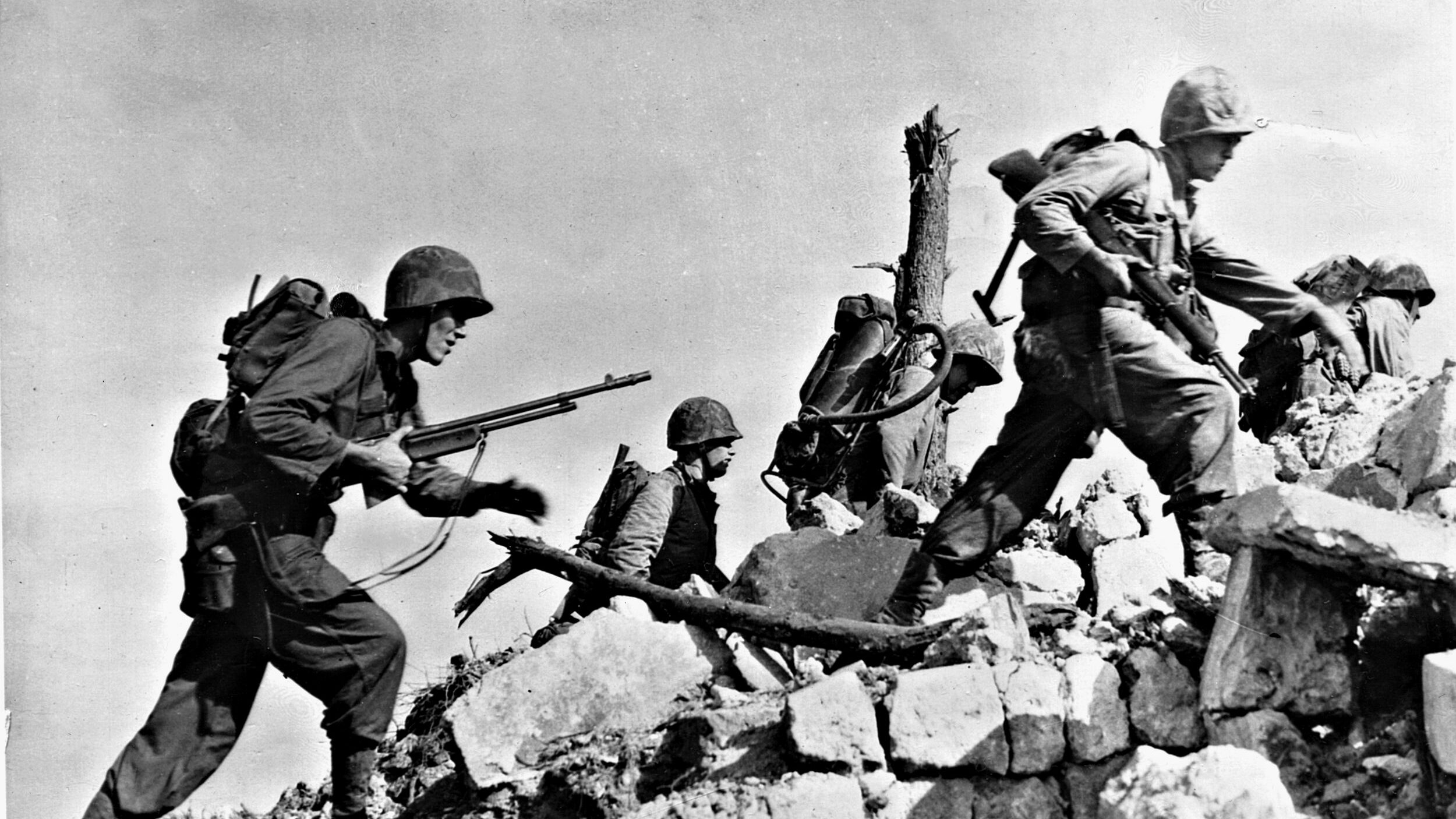
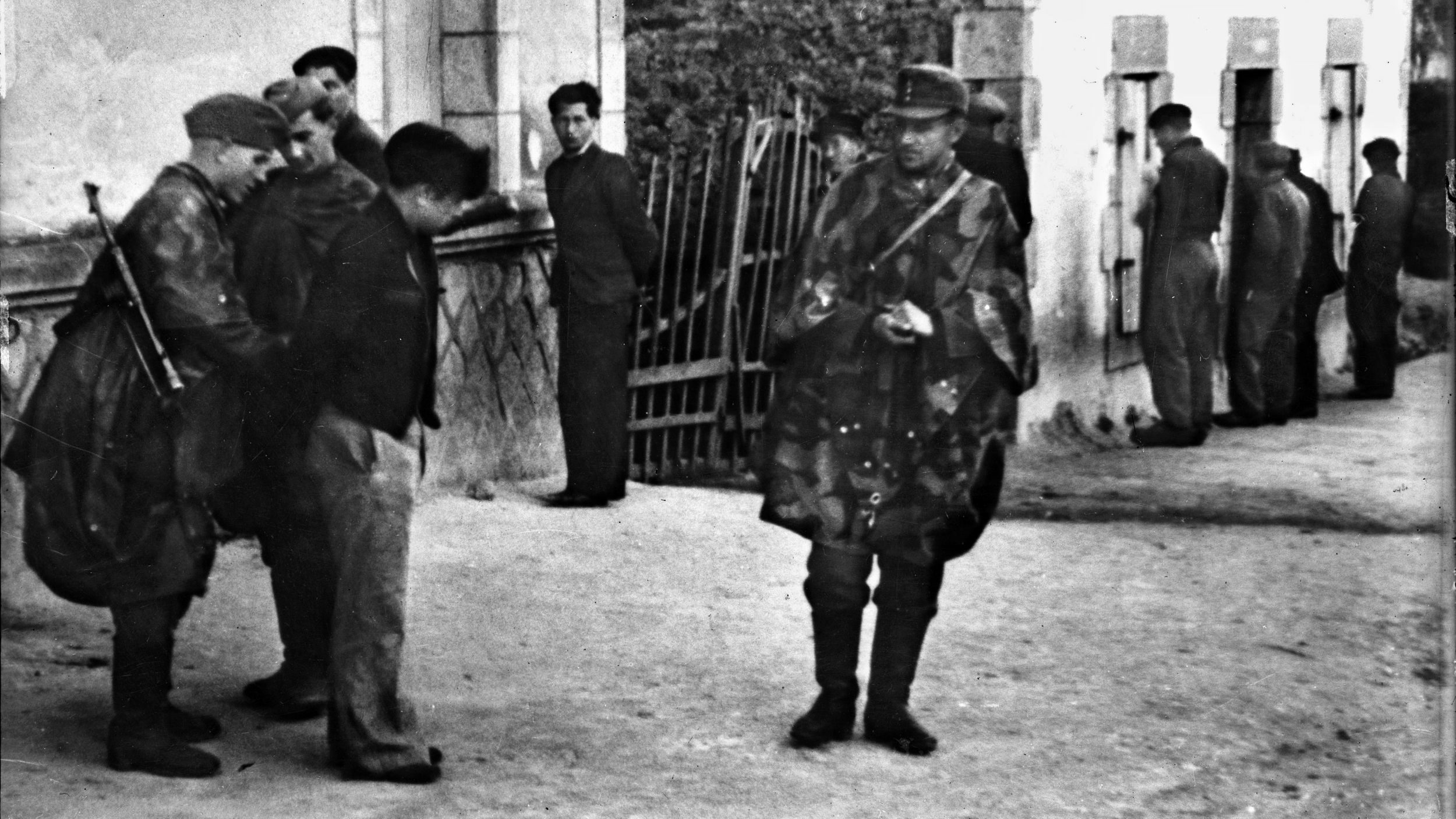
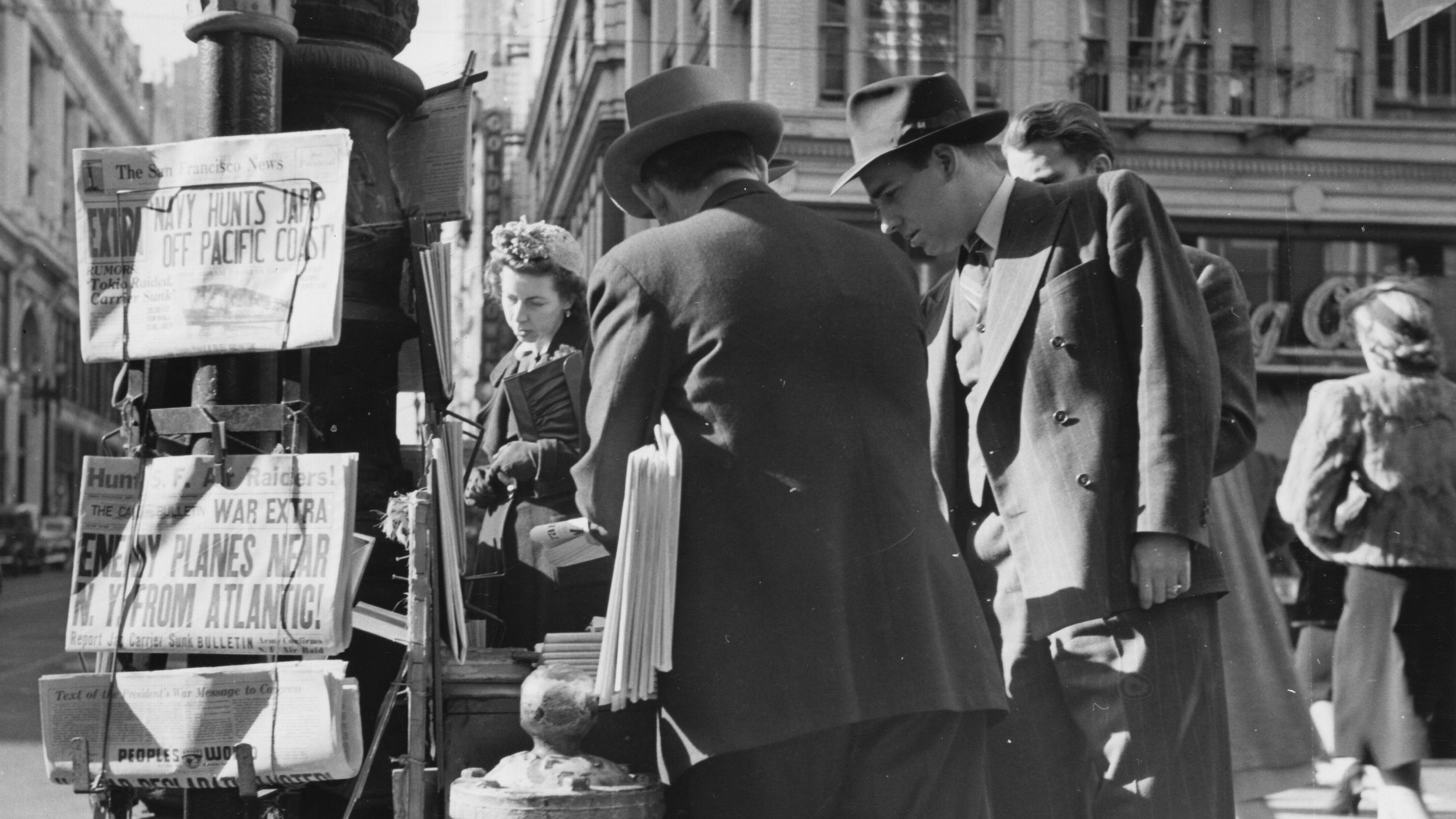
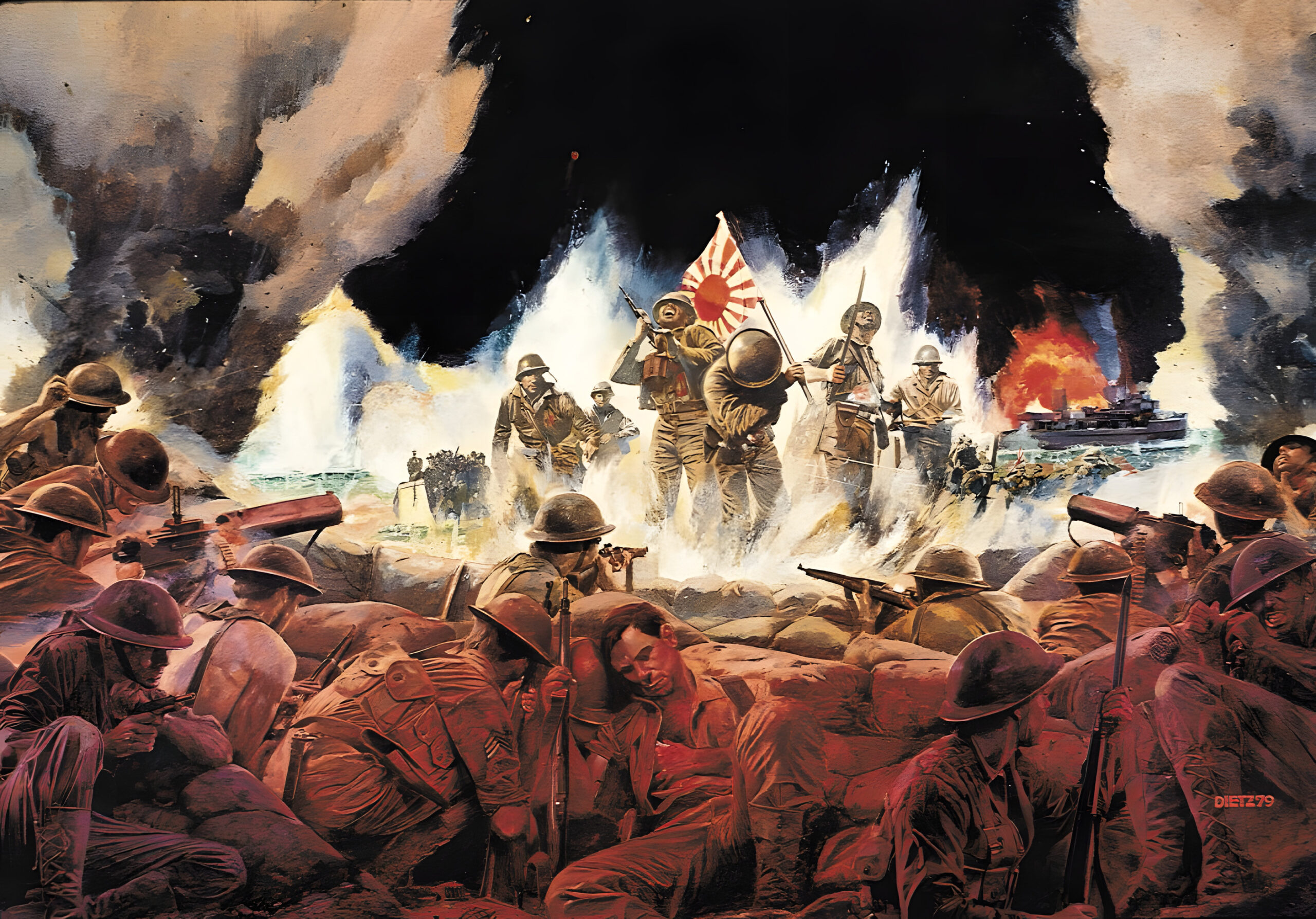
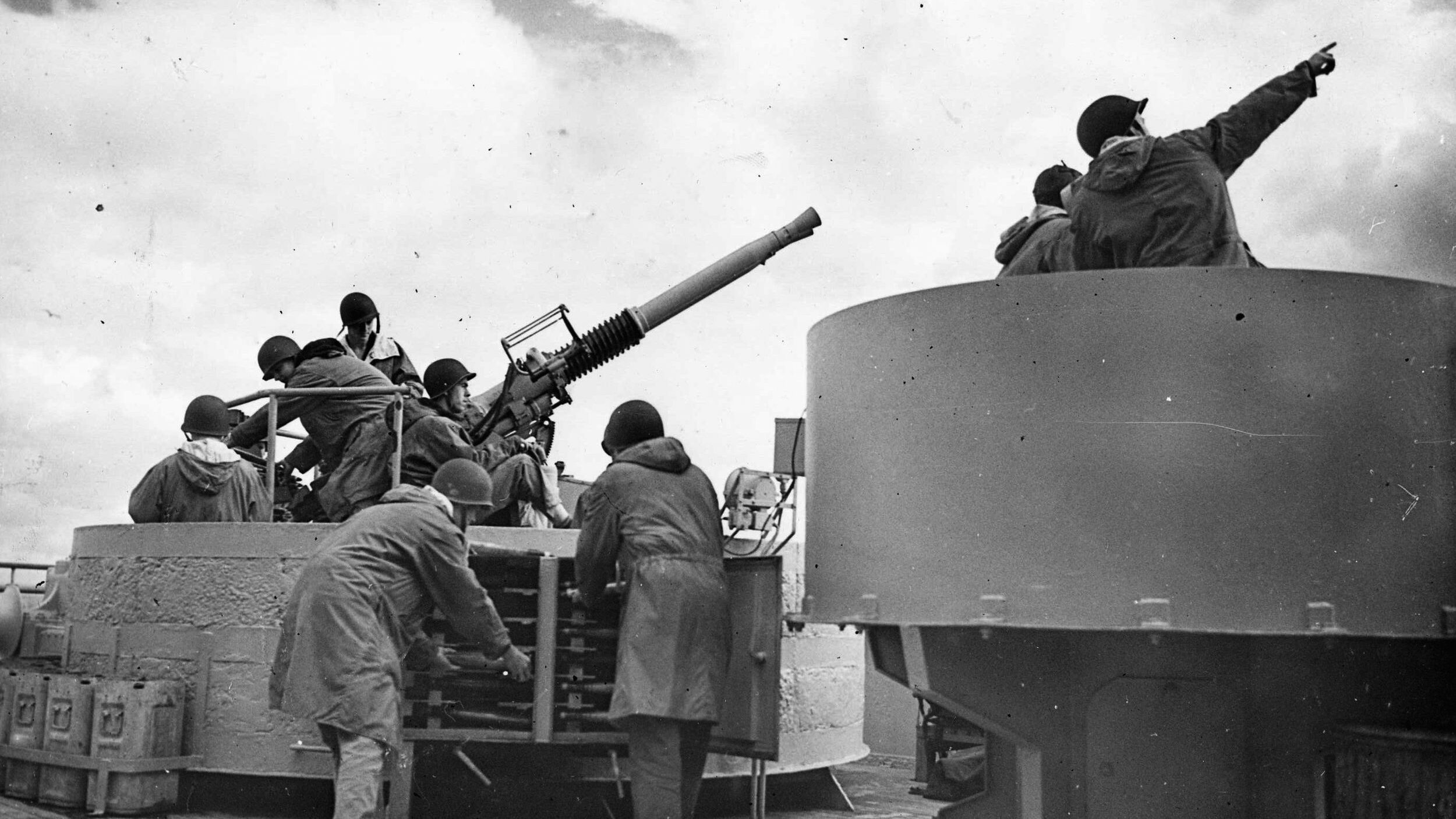
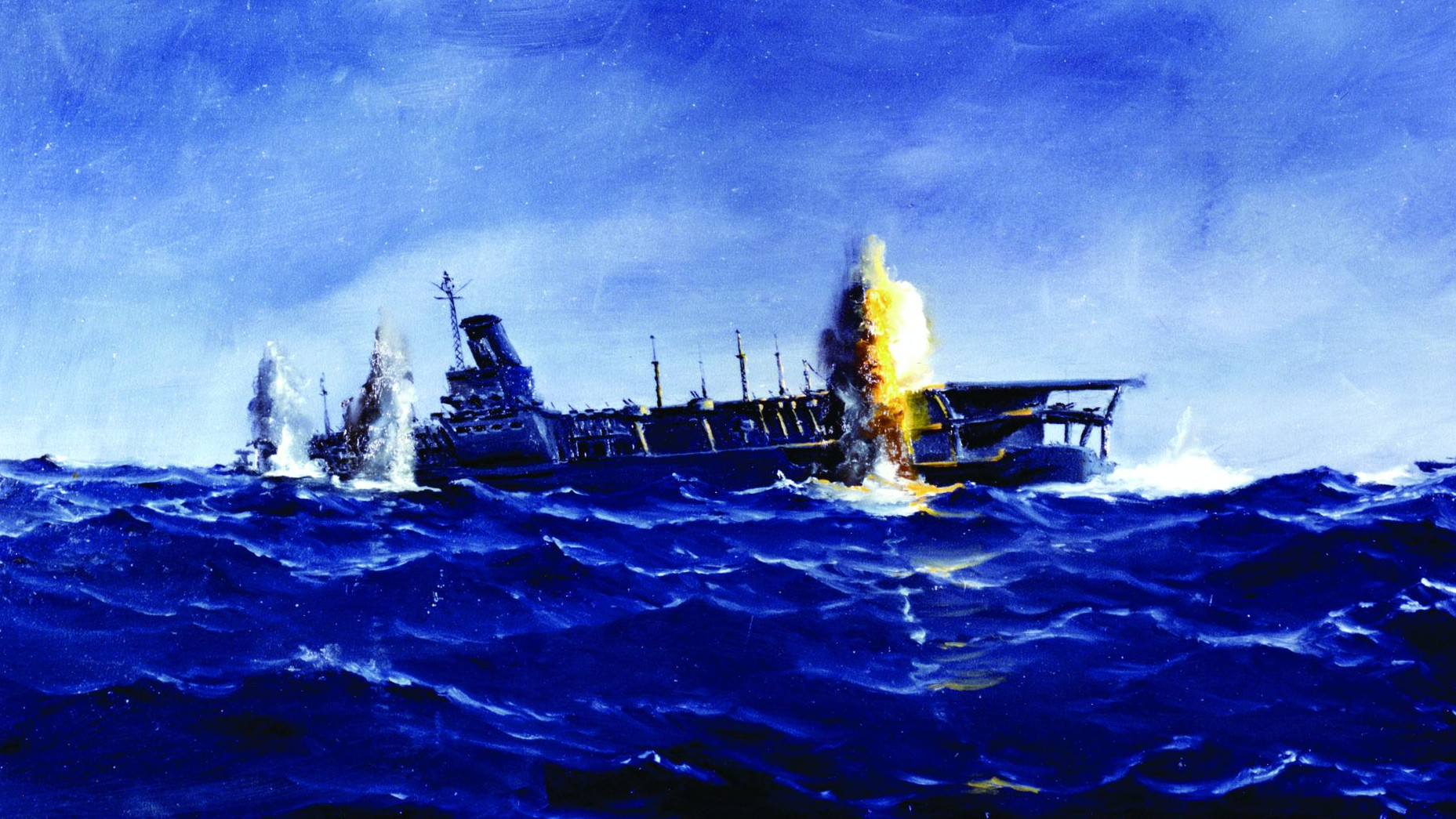
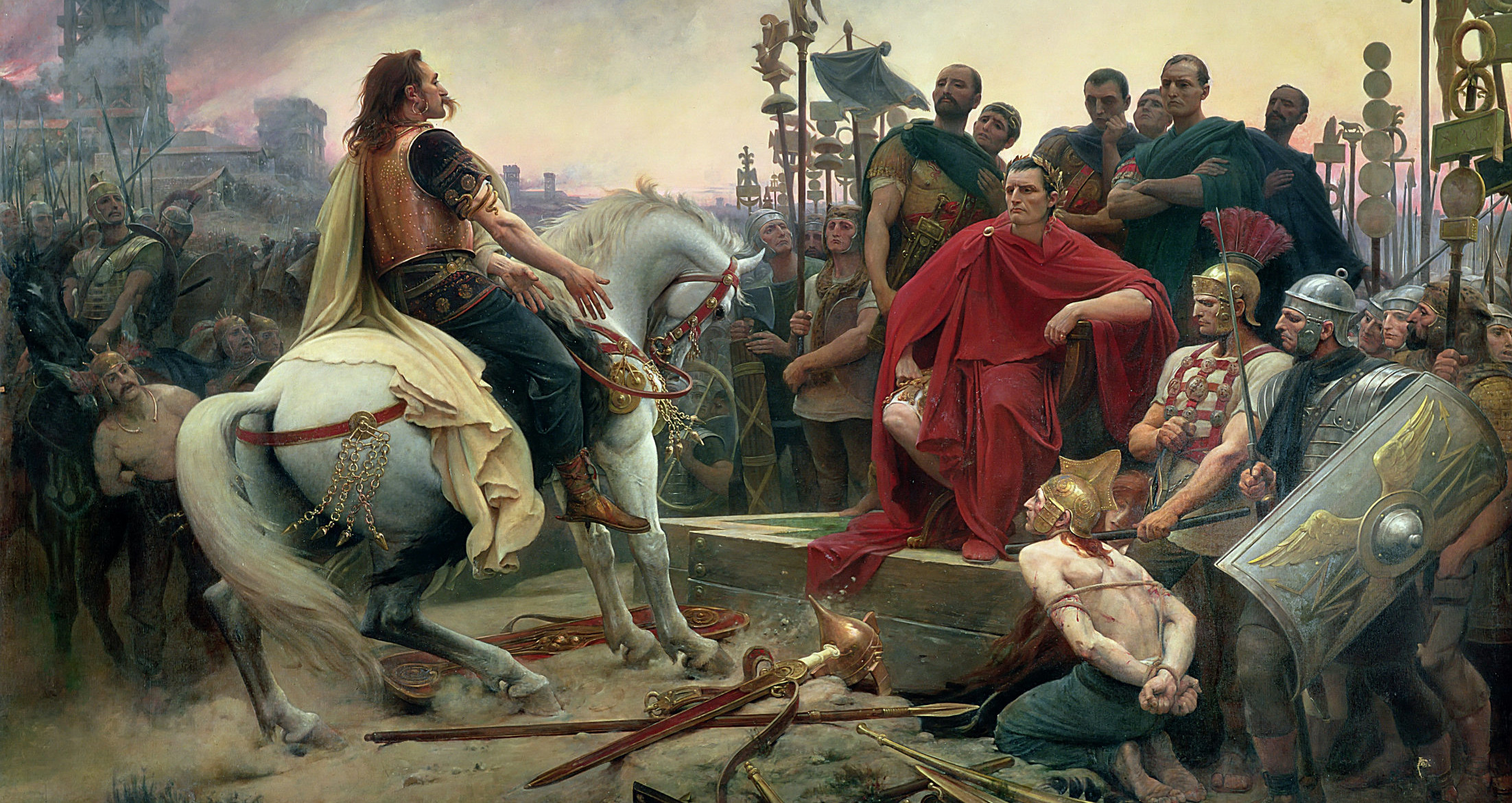
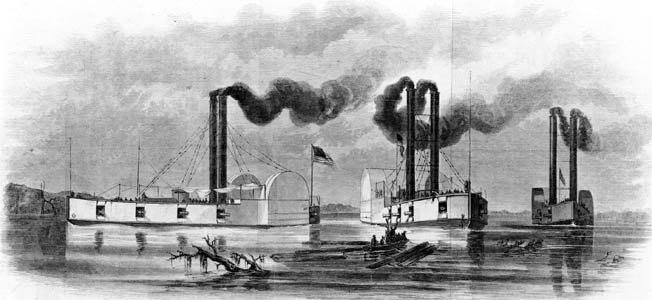
Join The Conversation
Comments